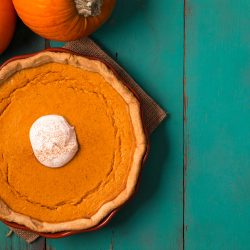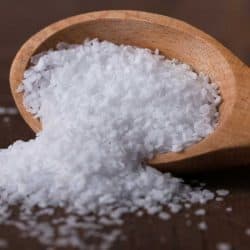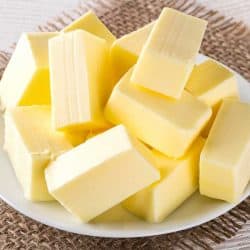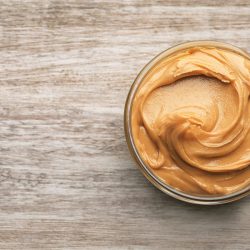Cooking with chili is popular and adds an exhilarating spice to whatever dish you are working with. Do you plan on adding chili to your frying pan this time around? Have you fried up chili before? If not, you are probably wondering what effects frying has on chili. Will it create more or less spice the longer it cooks? To answer these questions, we gathered the research to break down what happens to chilies as you fry them, if the heat will destroy your spice, and much more.
Frying your chili will create a more spicy dish or final product. The longer your chili has been fried, the more capsaicin will be released, creating a hotter spice and mouth-watering kick.
The spice of a chili changes as you fry it, but does the chili itself get spicier throughout this process? Keep reading as we tell you what changes with the chili as you cook and some insights into making chili less spicy.
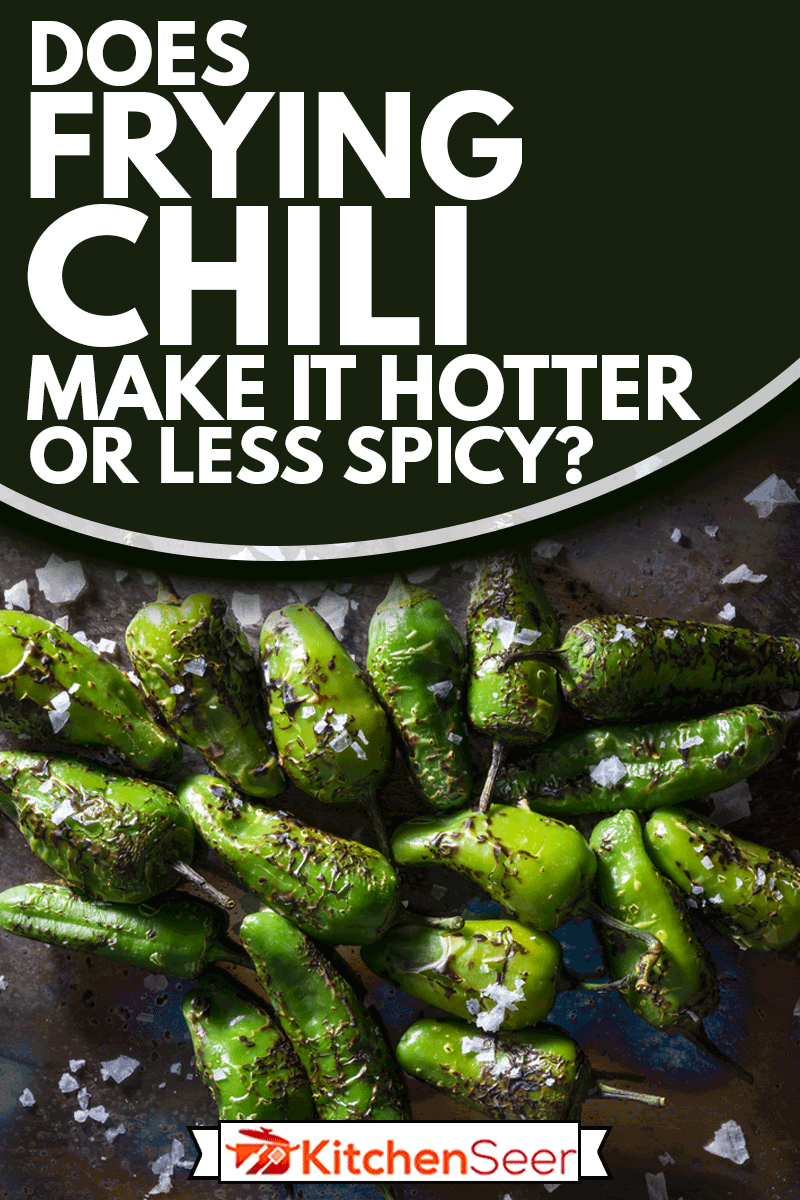
Contents
Does Chili Get Spicier As It Cooks?
Chilies can be roasted, toasted, grilled, or fried in a pan. What exactly happens to a chili as you cook it, and what does this mean for your food? Cooking your chili does make it spicier, up to a point.
As you cook a chili, the chili breaks down, releasing more and more capsaicin. Capsaicin is the active component of chilies. This component is responsible for that fiery taste that keeps us coming back for more. With this in mind, it is safe to say, the chili itself does not get spicier, but everything around it does as this active component seeps into its surroundings.
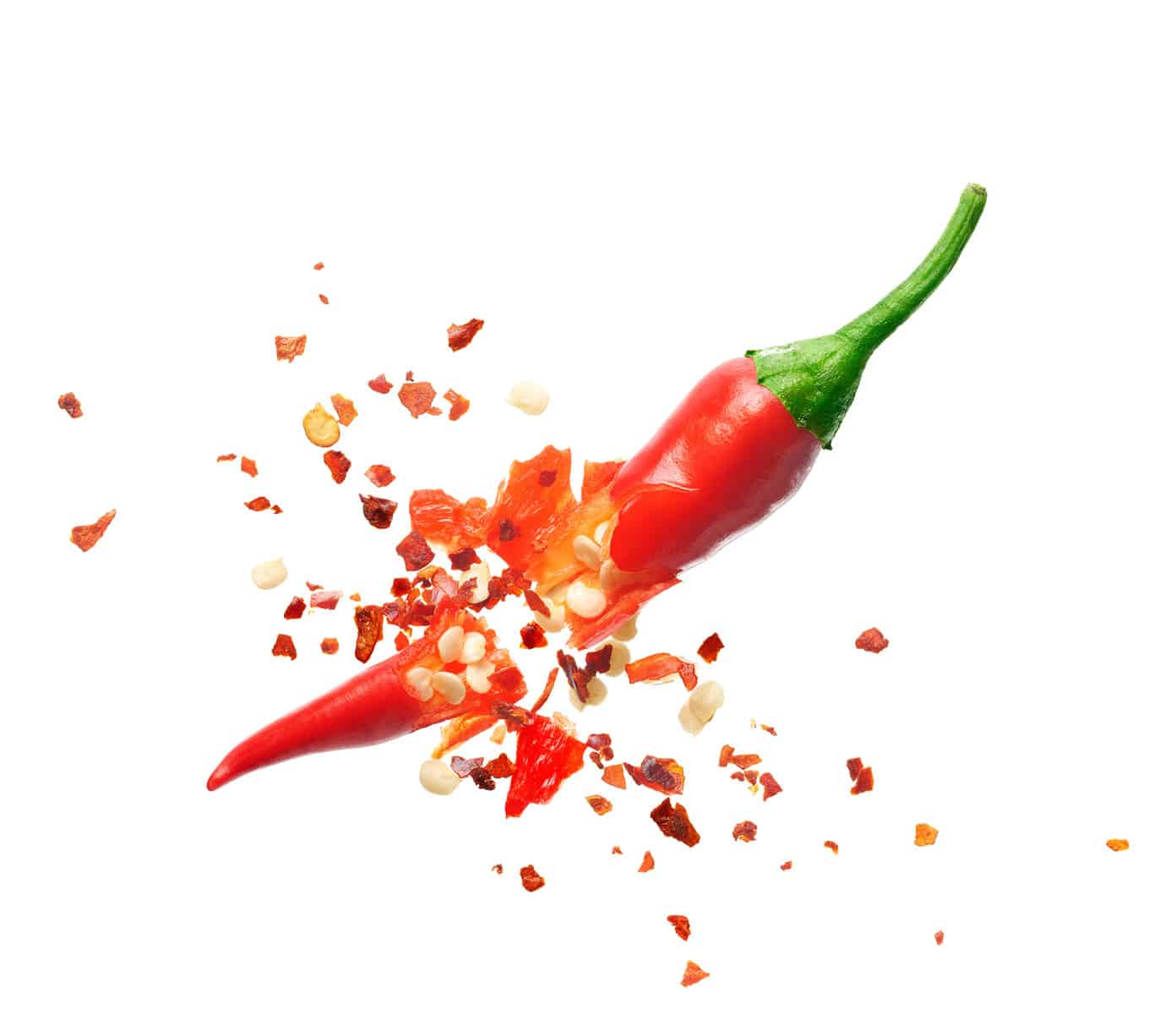
If you've fried chili before, you know that the capsaicin reaches more than just the cooking food. This spicy component is steam-volatile, and parts of the capsaicin will release into the air. This can cause burning eyes, a cough, or a sneeze.
Amazon offers a bag of Szechuan whole dried red chili peppers here.
Read more on our blog post, How Long Does Cayenne Pepper Last [With Tips On Proper Storage!].
Does Heat Destroy Capsaicin?
Capsaicin is a stable component of a chili. It can withstand extreme heat, freezing temperatures, and even acids. It does have a boiling point, though. The boiling point for alkaloid capsaicin is 410-428 degrees Fahrenheit. It is unlikely that your chilies will reach this temperature while cooking unless you are grilling them directly over hot coals.
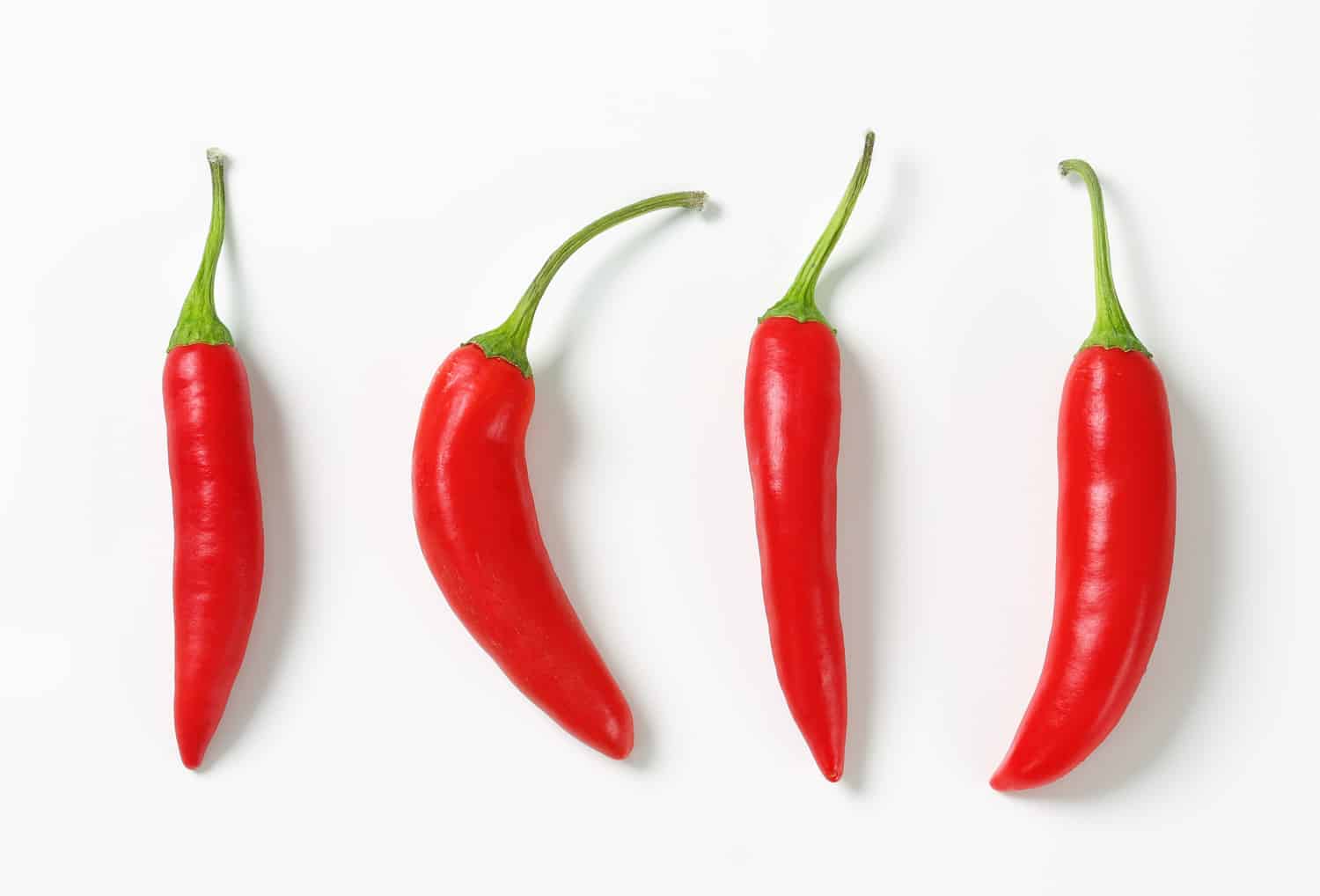
There are many misconceptions about capsaicin. A common one is where capsaicin comes from within a chili. Many home cookers believe this component lies within the seeds, but it lives in glands within the pod walls. The seeds are spicy due to capsaicin that covers them after you slice a chili.
Heat won't destroy capsaicin in the kitchen, but prolonged cooking may alter the taste, texture, and flavor of your chili for other reasons. The longer you cook, other compounds of the chili can get released. The other ingredients you are cooking with can bond differently with the capsaicin, creating less or more spice and flavor.
These changes aren't from the capsaicin getting destroyed or altered. The change comes from the mechanisms of the other ingredients around the chili.
You can find San Antonio dried whole red chili peppers here on Amazon.
Read more on our blog post, When To Use White Pepper?
How Do You Make Chili Less Spicy?
We've all taken a bite out of a dish that was too spicy. Maybe you are sensitive to spice or the crowd you are cooking for is. Either way, you need to find a way to make the chili in your cooking less spicy. Luckily, it can be done.

Ways to reduce the spice of your chili include:
- Diluting
- Adding sweetener
- Adding dairy
- Balancing with acid
- Neutralizing with butter
As you can see, there are a handful of ways to make your chili less spicy. Which method you choose will depend on what you are cooking and what ingredients will complement or enhance the flavor of your finished product. Let's take a closer look at these options.
Diluting
An easy and common way to reduce the spiciness of your chili is to add more of the other non-spicy ingredients you are already working with. This doesn't take away any of the heat but allows the other flavors in your dish to take over. You can dilute the spice of your chili by adding more veggies, grains, beans, or whatever else your recipe calls for.
Adding Sweetener
Adding something sweet with your chilies can help balance the spice. Make sure not to add too much of these sweeteners, as you do not want these flavors to overwhelm your food. If they fit into your dish, good options to use here include sugar, honey, or caramelized onions.
Adding Dairy
You have probably seen someone go for a glass of milk after they've eaten something spicy. This is for a good reason. Dairy products contain a protein called casein. This protein binds with capsaicin, which is why adding a dairy product to your chilies makes them less spicy. You can add products such as sour cream, yogurt, or a touch of milk.
Balancing With Acid
Acid doesn't break down capsaicin, but it can complement it in a way to make it taste less spicy. Lime or tomato juice, and vinegar, have been paired with chilies in many sauces or broths.
Amazon offers 100% lime juice here.
Neutralizing With Butters
Nut or seed butters work like milk products when it comes to spice. These products can neutralize the heat without overriding the other flavors your dish has to offer. Some options for kinds of butter include peanut butter, tahini paste, or almond butter.
For more info on almond butter, head over to this post: Can Almond Butter Go Bad?
Does Salt Reduce Spiciness?
Salt does not take away heat from any ingredients. There is nothing about salt that binds to capsaicin or reduces the flavor it seeps out. This seasoning may bring out the spice from parts of your food, as it is a flavor enhancer.
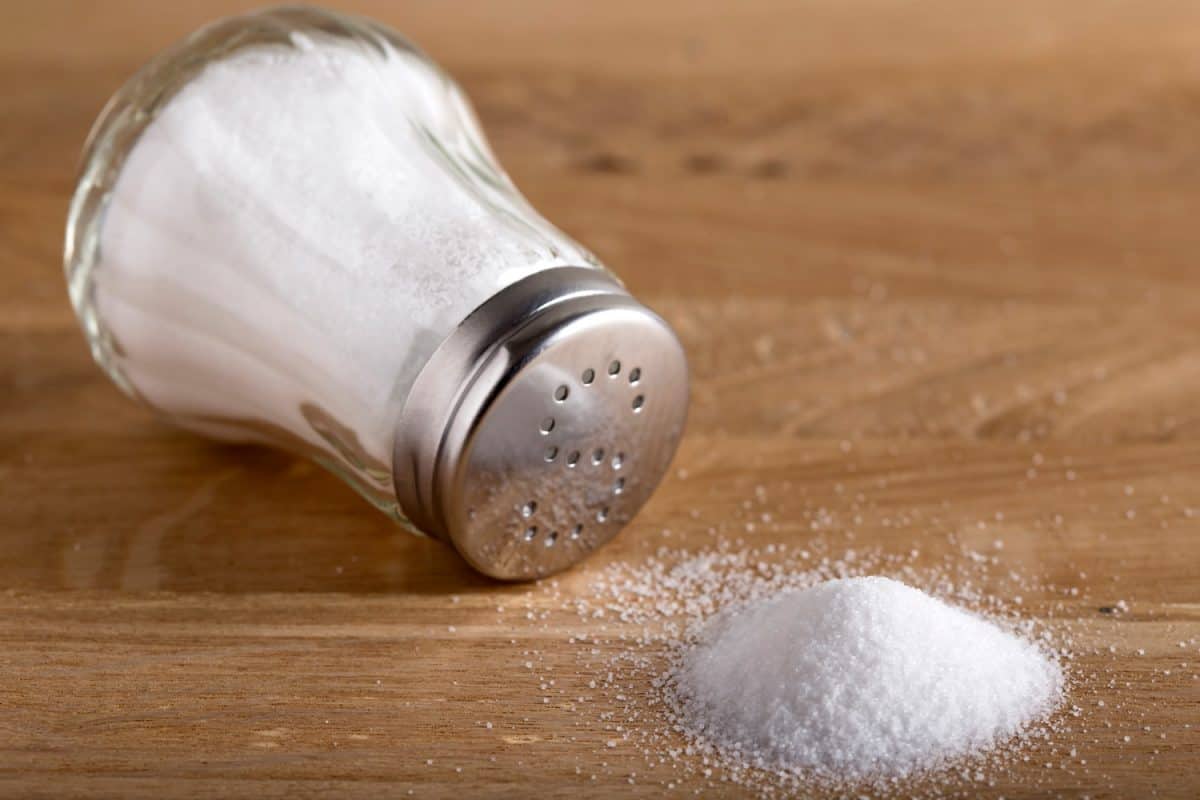
You won't experience a reduction in spice, but salt has been linked to spice in other ways. Researchers found that areas of the brain that are stimulated by spice overlap with those that are stimulated by salt. This relationship causes a decrease in the need or craving for salty foods.
Read more on our blog post, Can You Add Salt To Unsalted Butter?
How Do You Tone Down The Heat Of Jalapeños?
Having chili in your recipe is often a staple of the dish's flavor. If you are sensitive to spice, you don't want to discard the pepper portion completely. Are you cooking specifically with jalapeños? You can use the list above to reduce spice in your jalapeño dish or try some of these prep methods. Maybe a little of both.
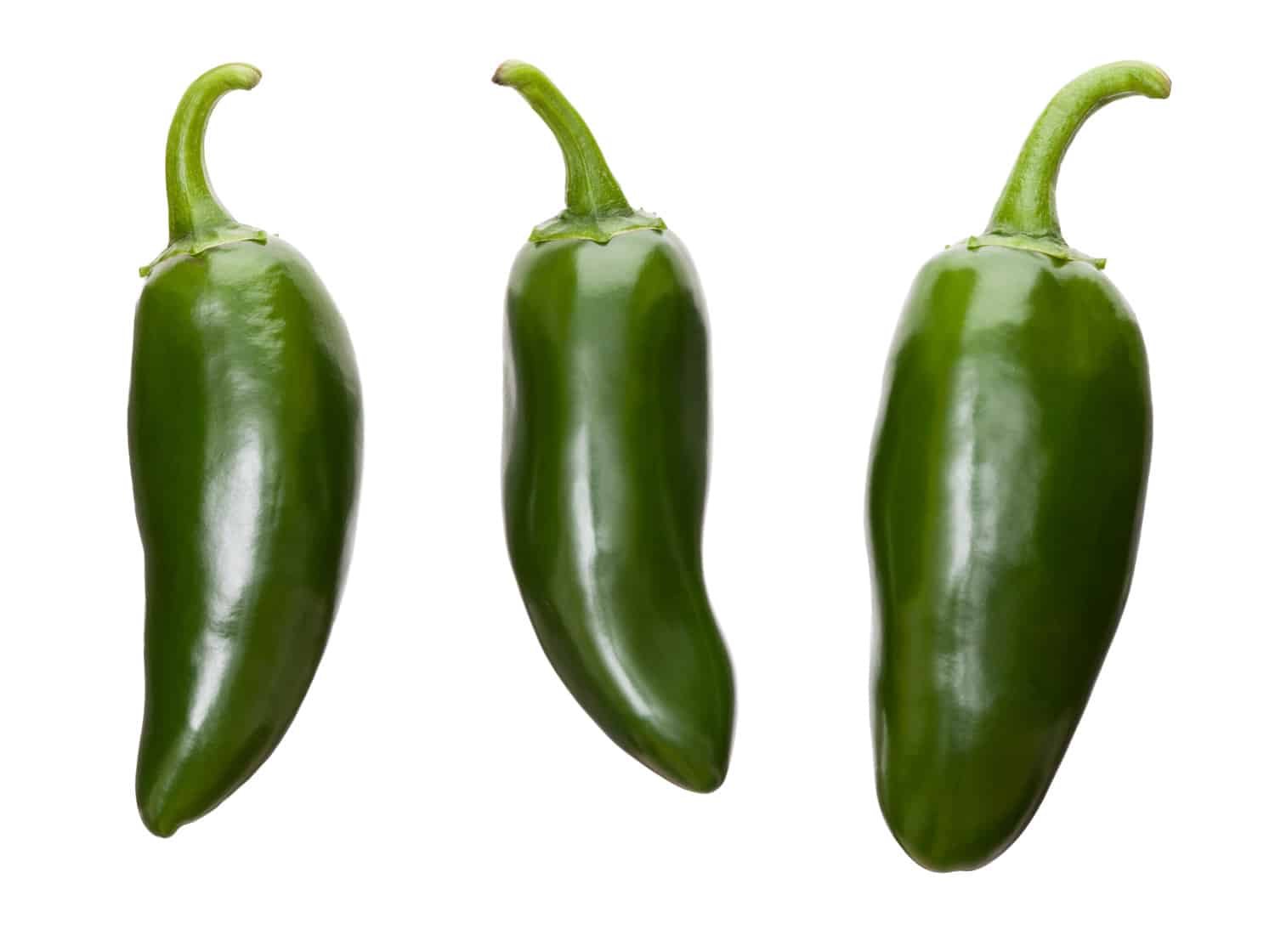
When you are prepping your jalapeños, remove the seeds, veins, and pith. You can even remove the innermost layer of the chili's flesh. Doing this will remove most of the capsaicin within the jalapeño, allowing for less spice.
To further reduce the spice of a jalapeño, give the chili a good rinse after cutting and removing these parts. You can then let me soak in a vinegar and water solution for at least an hour or more if the spice is still too much. This method will reduce spice without taking away the flavor of the Jalapeño.
The video below gives you some great tips for controlling the heat of your jalapeño:
https://www.youtube.com/watch?time_continue=40&v=ViXKlO2ad-c&feature=emb_logo
Read more on our blog post, Does Microwaving Jalapeños Make Them Hotter Or Less Spicy?
In Closing
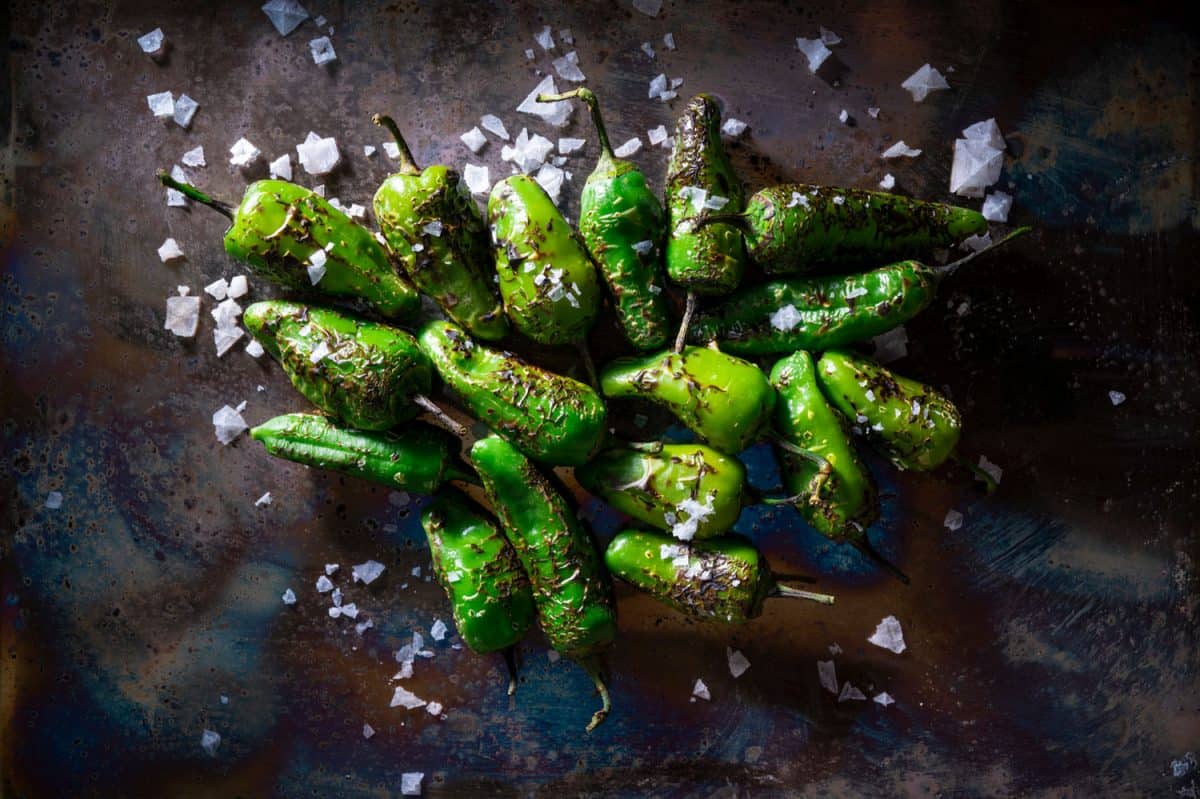
Frying a chili will make for more spicy food. As you cook, your chili releases that oh-so-spicy capsaicin. The longer you cook, the more broken down your chili will be, allowing for a larger amount of this compound to seep into your food. If you have crossed the line with too much spice, there are plenty of options to get your dish back to an edible or enjoyable state.
We hope you found this article helpful for when you are cooking with chilies. Maybe you even found some inspiration to control the heat in your next recipe. Happy cooking!
Looking for more information regarding your spices? Have a look through our blog post, How Long Does Black Pepper Last?






